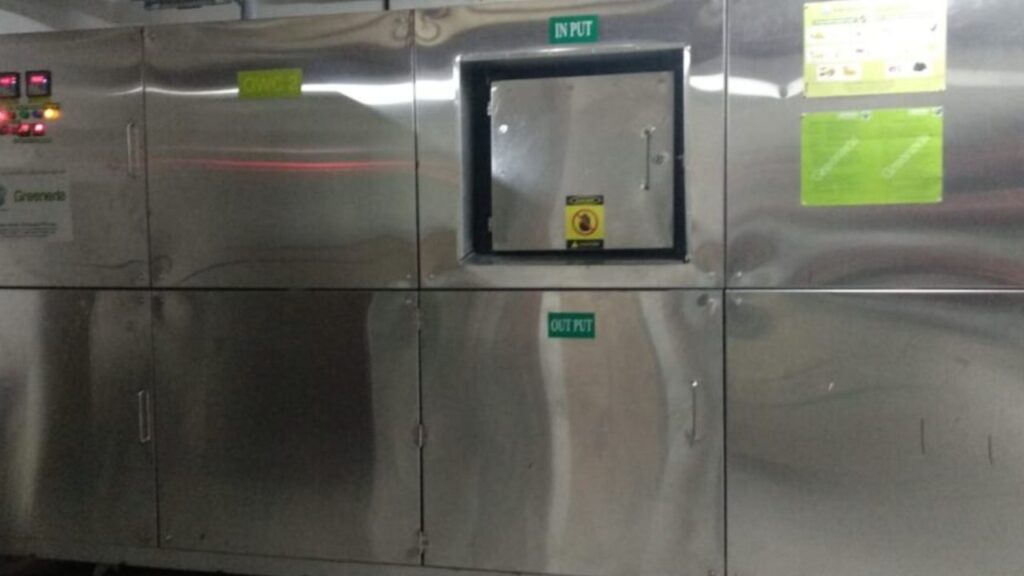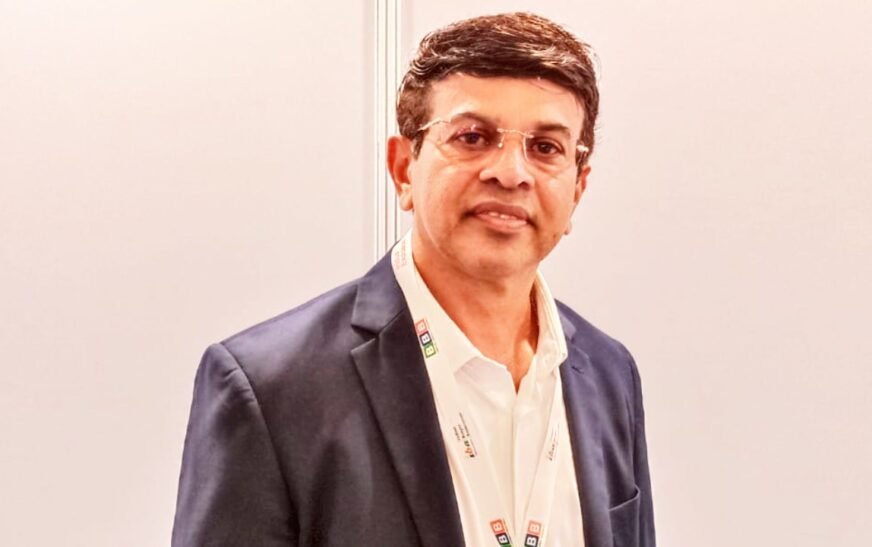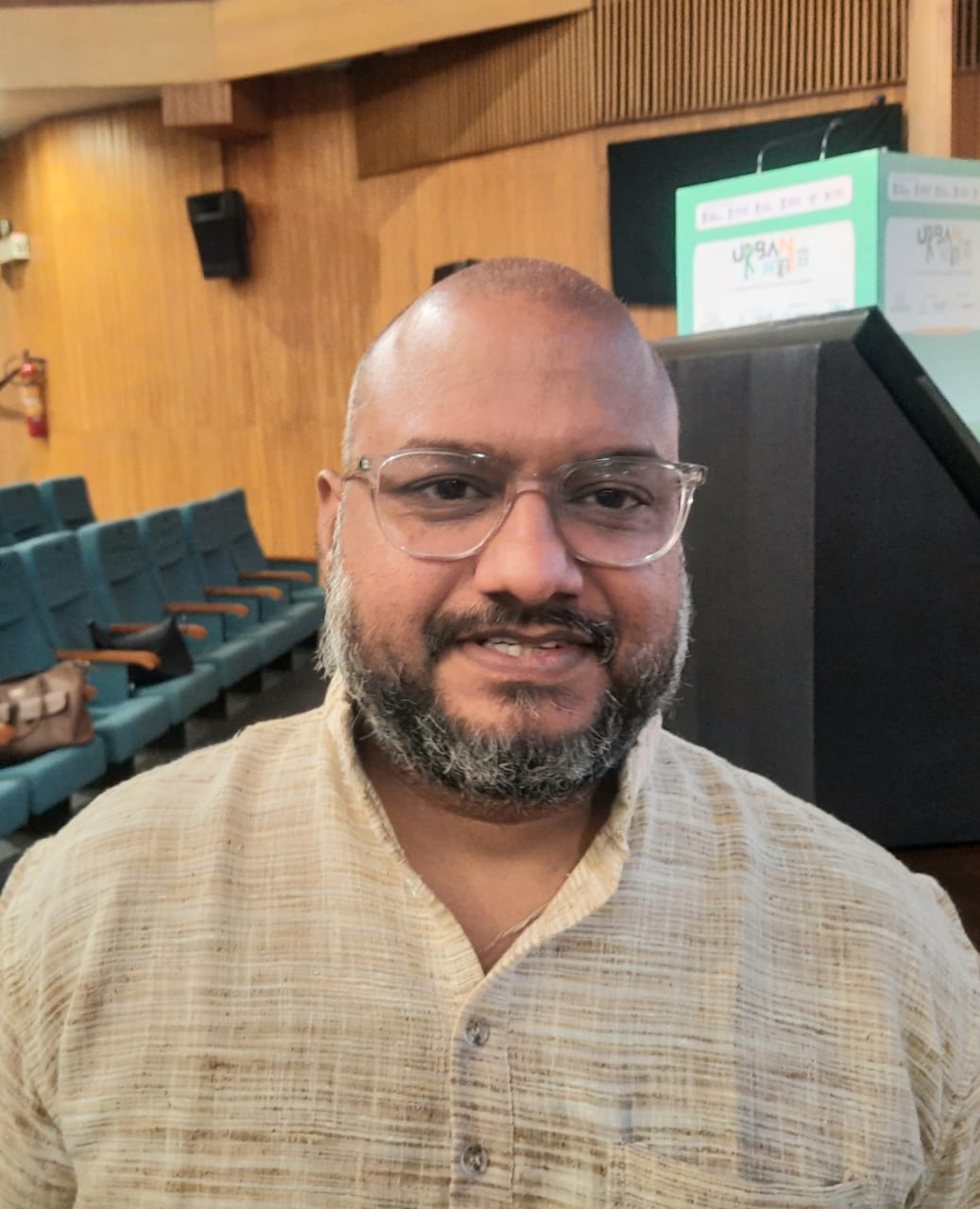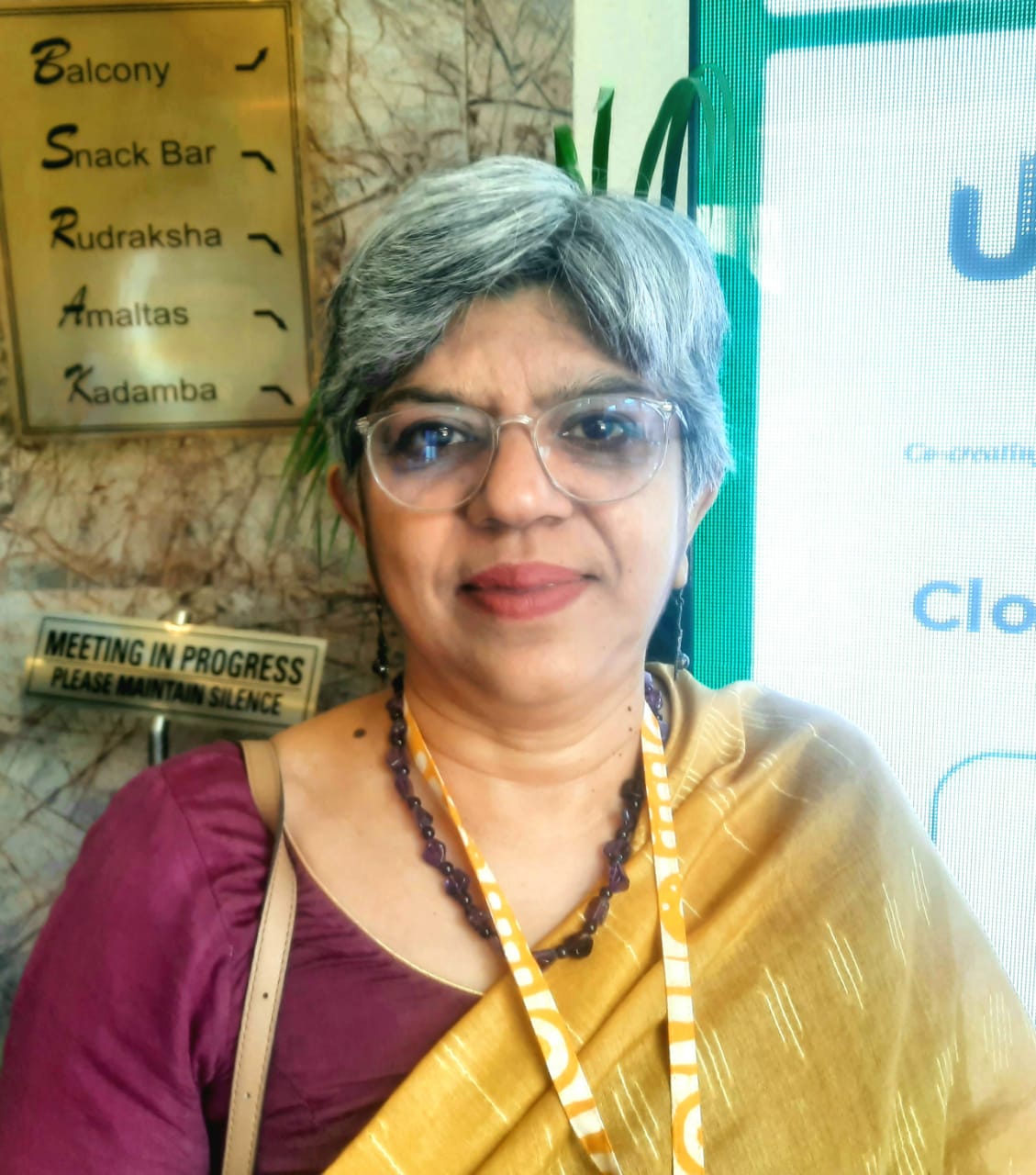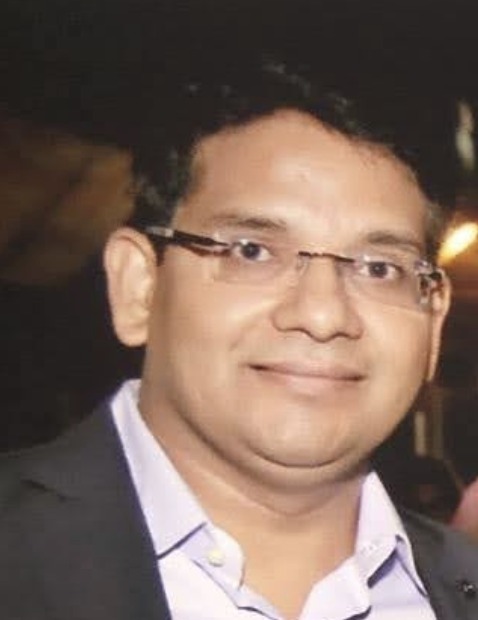Greeneria Renewable Technologies Private Limited is revolutionizing waste management in India with advanced, sustainable innovations. Established in 2014 as Aruna Green Ventures and headquartered in Bengaluru, Greeneria has since executed over 540 decentralized installations across the country—building a formidable national footprint. At its core lies a bold mission: transforming organic waste into clean energy. This vision has firmly placed Greeneria at the vanguard of India’s green transition.
With a diverse and technologically advanced portfolio, the company delivers IoT-enabled biogas and biomethanation plants, automatic organic waste converters, dewatering machines, shredders, and sanitary napkin incinerators. Among its landmark projects stands India’s largest residential biogas system at Prestige Jindal City in Bengaluru—a powerful testament to its engineering acumen and strategic foresight.
Greeneria’s solutions are trusted by institutions of national and global stature. Rashtrapati Bhavan, Hewlett Packard, Capgemini, and multiple urban municipalities rely on its smart systems. These setups don’t just convert waste to energy—they deliver real-time monitoring, operational intelligence, and tangible environmental benefits.
As the only IIT-certified biogas plant contractor in India, Greeneria brings unmatched credibility. It has filed two technology patents and serves as a consultant to national programs like SATAT and GOBARdhan, both of which aim to accelerate the adoption of compressed biogas (CBG) across India.
The company’s impact hasn’t gone unnoticed. It has earned prestigious accolades including the “Business Excellence – 2022” award and recognition among the “Leading RE Manufacturers” at REI 2022. Greeneria continues to lead with innovation, ambition, and a commitment to building a cleaner, more resilient future.
In an exclusive interview with The Interview World during the International Summit & Expo on Bioenergy Value Chain—hosted by the Indian Biogas Association—Founder and Director M.S.R. Kumar outlines how Greeneria is redefining waste management. He delves into the technologies powering their systems, discusses operational scalability, and shares valuable insights into the rapidly evolving waste-to-energy market.
Here are the key highlights from this compelling conversation.
Q: How is Greeneria revolutionizing waste management in India through innovative and sustainable technologies?
A: At Greeneria, we strongly advocate for decentralized waste management. Take Bengaluru, for instance—a city with over 240 municipal wards. Instead of hauling all the waste to a centralized facility located nearly 100 kilometers away, which wastes fuel, clogs traffic, and causes public nuisance, we believe each ward should handle its own waste locally. Every ward should have an integrated biogas system that processes organic waste on-site, efficiently and sustainably. That’s the model we champion.
Equally important is our adherence to the Bulk Waste Generator Rule outlined in the Gazette of India. In any major metro city, over 60% of the waste comes from bulk generators such as shopping malls, residential complexes, technology parks, and corporate campuses. If this waste is treated in situ—at the point of generation—we effectively eliminate over half the city’s waste burden right there. That’s why we have focused our efforts on deploying solutions directly at the source.
We’ve implemented decentralized systems at leading campuses, including Microsoft, HP, Cisco, Wipro, Capgemini, and IIT Hyderabad. This approach allows for real-time waste conversion, reduced logistics, and minimized carbon emissions. As a result, we have installed more than 373 decentralized waste management plants across India—the highest in the sector—and the number continues to grow.
One of our proudest moments came during the Mahakumbh at Prayagraj, where we were entrusted with providing a complete waste management solution. We successfully managed all the waste generated during the event and also powered nearly 600 streetlights with renewable energy in the vicinity—demonstrating the scalability and impact of our technologies.
India is on a rapid path of growth—and with it, the volume of waste is rising. At Greeneria, we are not just responding to this challenge; we are helping shape the solution. We take immense pride in being a part of India’s transformation, contributing to both environmental sustainability and national progress over the past decade.
Q: Could you explain the core technology Greeneria employs to convert waste into renewable energy?
A: Our core technology is the Continuous Stirred Tank Reactor (CSTR), which powers all our biogas systems with consistent efficiency and scalability. When we began building biogas plants, we initially sourced critical components—such as crushers, grinders, and dewatering machines—from external suppliers. However, we quickly recognized the limitations of relying on third-party vendors in terms of both cost and quality.
To overcome this, we brought the design and manufacturing of these essential components in-house. This strategic move has delivered two key benefits: enhanced product quality and significant cost savings. Our integrated manufacturing capability allows us to maintain tighter control over performance standards while offering competitive pricing to clients.
In addition, we have partnered with Oekobit, a leading German company, to represent their advanced large-scale biogas systems in India. This collaboration strengthens our capabilities in delivering compressed biogas (CBG) plants and expands our reach into high-capacity, industrial-grade bioenergy solutions.
Q: What is the operational scale of Greeneria’s waste-to-energy technologies, and how much waste can they process effectively?
A: Our technology supports a remarkable range, processing anywhere from 50 kg to 5,000 tons of organic waste per day. The scalability is immense, making it adaptable to projects of any size. Organic waste, especially from municipalities, should not be viewed as waste. Instead, it is a valuable resource—an abundant source of energy. The real challenge lies in collaborating with government officials and bureaucrats to unlock its full potential and implement these solutions on a larger scale.
Q: What key opportunities do you foresee for the growth of sustainable waste management in India?
A: Waste management represents a significant opportunity in India’s rapidly growing market. For instance, Karnataka alone has 314 urban local bodies, and across India, there are over 5,000 such bodies managing Municipal Solid Waste (MSW). Beyond municipal waste, there are additional opportunities, such as utilizing press mud from sugar factories or cultivating napier grass. These are just a few examples of the vast potential within the sector.
India’s expanding market has become a key focus for international players. German companies and others are actively participating, recognizing India as a growing global hub for sustainable solutions.
Q: How would you describe Greeneria’s market share and competitive positioning in the Indian waste management industry?
A: Decentralized waste management accounts for more than 60 percent of the market—an impressive figure. This segment is massive and growing. In contrast, large-scale plants represent a smaller portion, likely around 3 to 4 percent. However, even in this category, major players like Adani are making significant moves, underscoring the substantial market potential for large-scale solutions as well.
